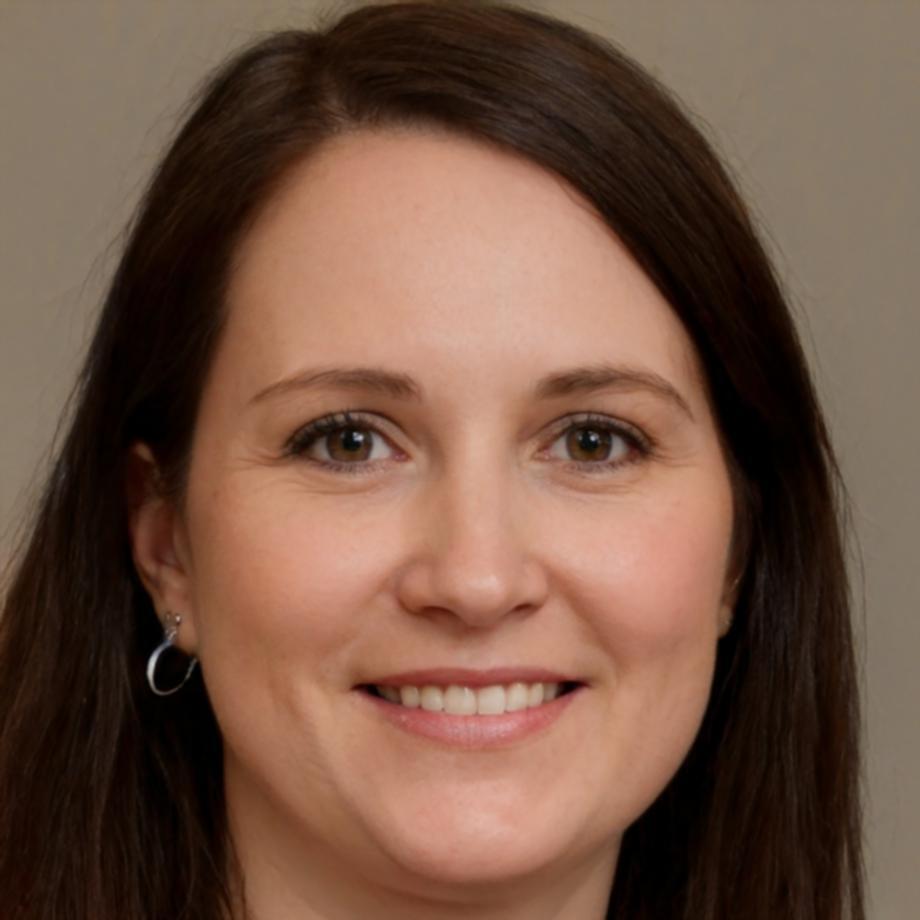Real Stories from Real People
When we started phorentavial back in 2019, the idea was simple—help folks get their money sorted without the jargon and stress. These are honest accounts from clients who've been through our budgeting process. Some had big wins, others made steady progress. But all of them stuck with it.
I'd been tracking expenses on spreadsheets for years and getting nowhere. Working with phorentavial showed me where the leaks actually were—turns out I was hemorrhaging cash on subscriptions I'd forgotten about. Three months in, I had $2,400 back in my account just from cutting dead weight.

Lachlan Pemberton
Small business owner, Brisbane
My partner and I were arguing about money constantly. phorentavial didn't just give us a budget—they gave us a framework that stopped the blame game. Now we have actual conversations instead of fights. The money part got easier once we stopped being defensive about our spending patterns.

Sienna Drummond
Marketing consultant, Melbourne
I was sceptical about the whole budgeting thing—felt too restrictive. But the approach phorentavial uses is different. It's more about awareness than deprivation. I still grab coffee with mates, still go out. I just know exactly what I'm working with now and plan accordingly instead of hoping.
Everett Thackery
Graphic designer, Sydney
How Progress Actually Happens
Most clients don't see immediate transformation. What they get is gradual improvement over months. Here's what that typically looks like when someone commits to the process.
First Month
The Reality Check Phase
This is where people usually feel uncomfortable. We track everything—and I mean everything. Most clients discover they've been underestimating their spending by 30-40%. It's not fun, but it's necessary. You can't fix what you don't measure.
Months 2-3
Building New Patterns
This is the grind. You're creating a system that works for your life, not some textbook version. We adjust categories, shift allocations, and figure out what's realistic. Some people nail it fast. Others need more tweaking. Both are completely normal.
Months 4-6
Seeing Actual Change
Around this point, things click. You're not constantly checking your bank balance before decisions. There's breathing room. Maybe you've paid down some debt or built a small emergency fund. The wins are modest but real.
Beyond Six Months
Operating on Autopilot
By now, most clients don't need weekly check-ins anymore. The habits are ingrained. They've weathered a few unexpected expenses without derailing completely. The budget becomes background infrastructure rather than a constant mental load.
What are you actually trying to solve?
Different money problems need different approaches. Pick the one that matches where you're stuck right now.
Scenario A
I'm earning decent money but nothing sticks
This usually means your spending is invisible. You're not being reckless—you just have no system. We start with aggressive tracking to surface the pattern, then build allocation rules that match your priorities. Takes about two months to see where the money's really going.
Scenario B
I've got debt that's not shrinking
Minimum payments keep you treading water forever. We map out your full debt picture, calculate what aggressive repayment actually looks like, and find the cash to make it happen. Most clients cut 12-18 months off their timeline once they see the numbers clearly.
Scenario C
My income fluctuates every month
Irregular income needs a different structure entirely. We build a baseline budget using your minimum expected earnings, then create overflow protocols for good months. The goal is smoothing out the volatility so you're not in feast-or-famine mode constantly.
Scenario D
I just need someone to keep me honest
Some people know exactly what they should do—they just don't do it consistently. That's where accountability check-ins make the difference. We review your numbers monthly, spot the drift before it becomes a problem, and keep you on track when motivation wanes.

Extended Case Study
Twenty Months with the Same System
Started working with a couple in February 2023 who had $18,000 in credit card debt and zero savings. They're still using the same budget framework we built in month one—just refined over time.
As of October 2024, they're debt-free and sitting on a $12,000 emergency fund. Nothing magical happened. They just followed the plan consistently, adjusted when life threw curveballs, and kept going when it felt boring.
The system works when you work the system. That's the whole secret.
Ready to Start Your Own Progress?
We're taking on new clients for sessions starting August 2025. Initial consultations run about 90 minutes where we dig into your actual situation—not some generic advice.
Get In Touch